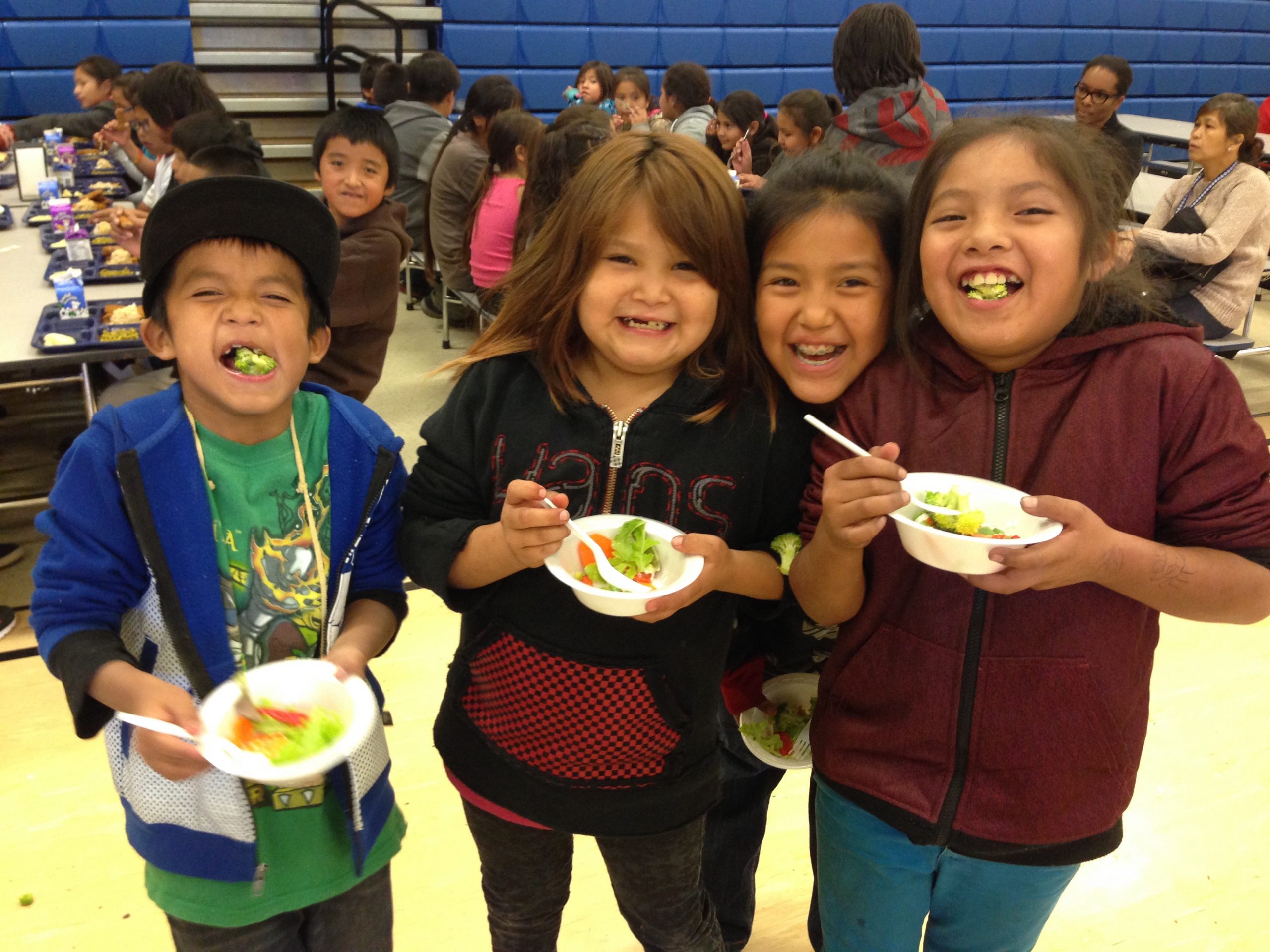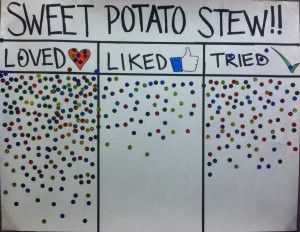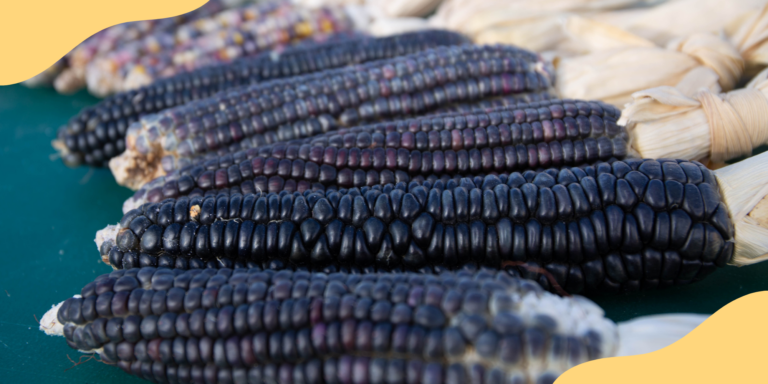The 6 Types of Elementary School Taste-Testers
Most kids are more curious and adventurous with new foods than you might think!
Most kids are more curious and adventurous with new foods than you might think!

As first-year service members, we were excited about schoolwide taste-tests but also unsure of what to expect. Would kids really try new things? Would they even talk to us?
Our first taste-test in Brunswick County was in November, and we served sweet potato stew—a hearty mix of sweet potatoes, collard greens, and black beans. The result was overwhelmingly positive. Below is the final tally from one of the four schools that got to taste the stew, and the recipe was similarly received at the other three.

We learned a lot from this first taste-test. First off, kids will try almost anything for a sticker, but even without stickers, most kids are much more curious and adventurous with new foods than we give them credit for. They do have some very interesting initial reactions, though. While every student had their own unique response, the following six were by far the most common.
At the end of the day, most kids were willing to try the stew, and no matter how they got there our reaction was always the same: a celebration!
This post was written by service members in 2015 and updated in 2022.

9 Thoughtful Holiday Gifts Made by FoodCorps Alumni

The Policy Brief, Fall 2024: After the Election

Food as Medicine: Teaching Indigenous Foodways